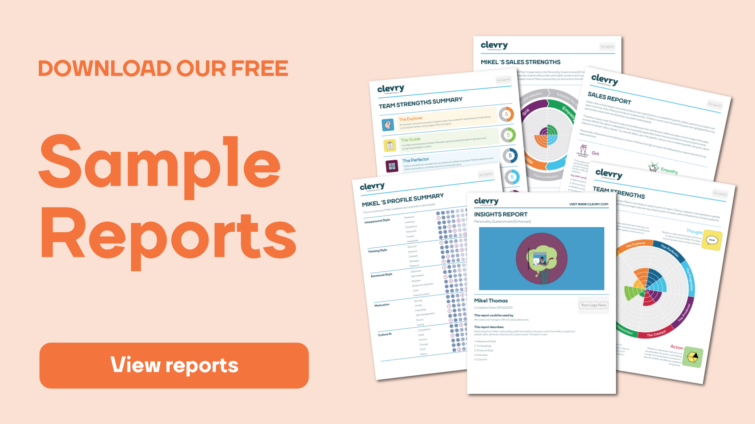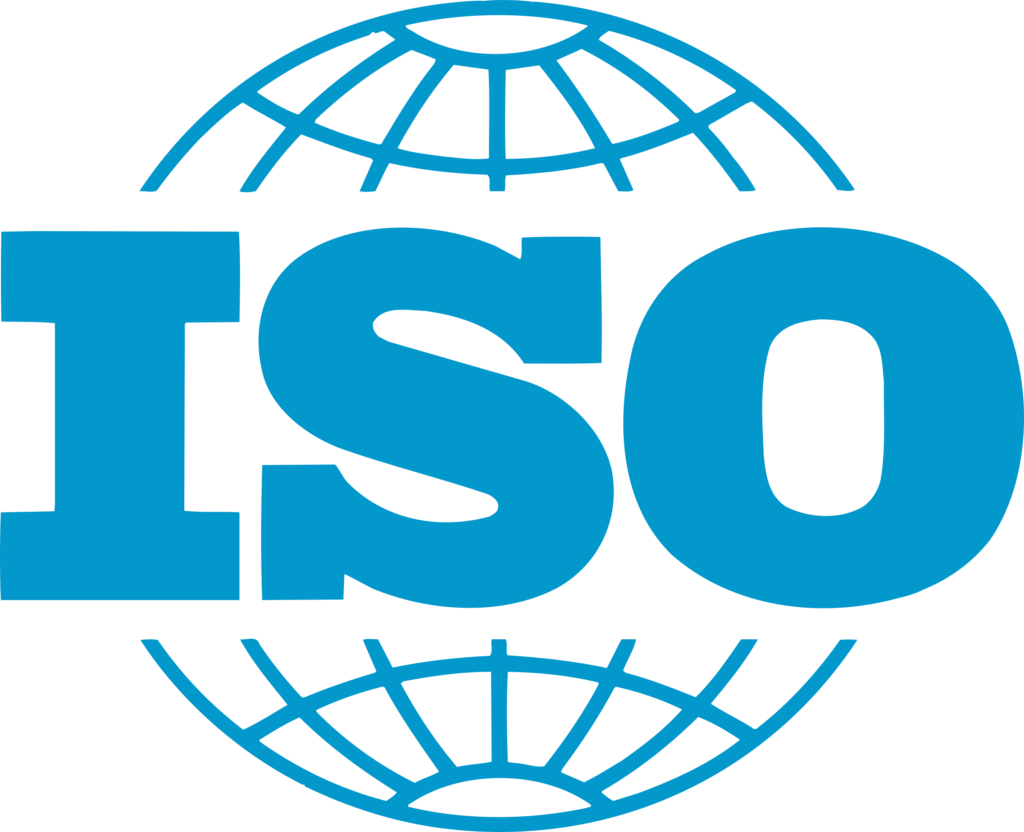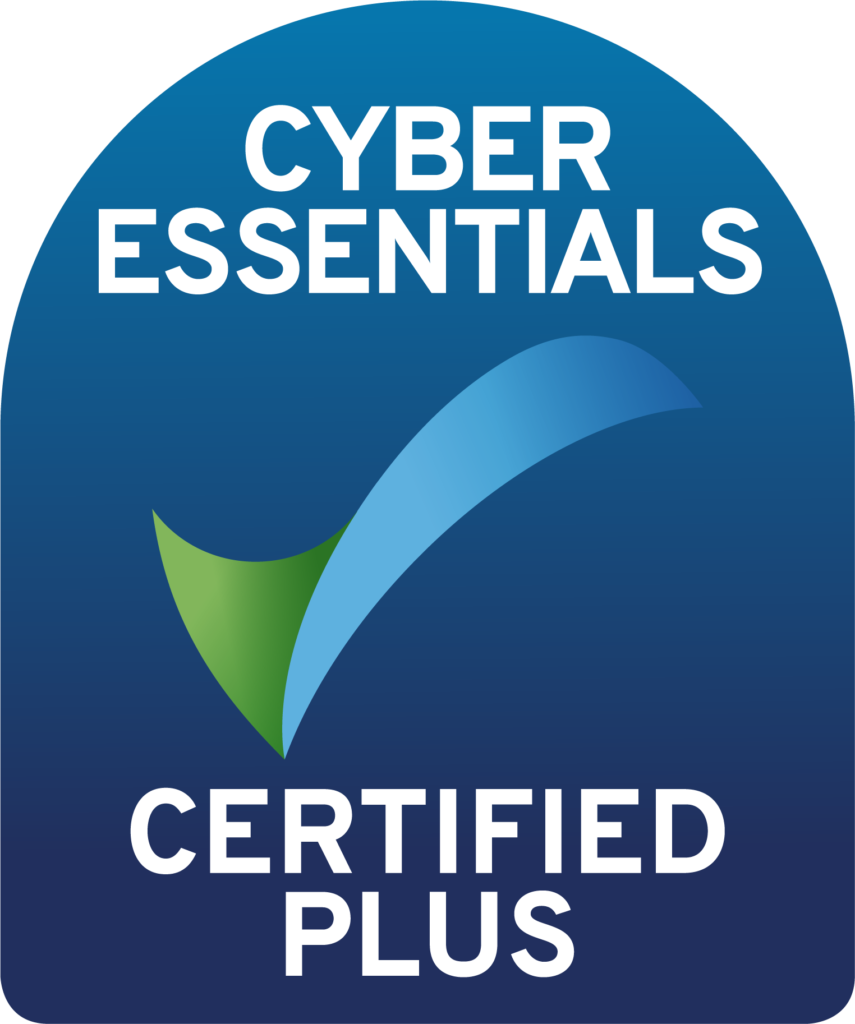What is a talent marketplace?
A talent marketplace is a type of software platform used within an organisation to match employees with open positions and projects. It brings networking, career management and the recruitment process together. Like a traditional job application, employees and other users, such as freelancers, can use the talent marketplace to upload their skills, education, work history, etc.
At the same time, employers add information about new roles and projects. AI sorts out the data to ensure the right match is made, giving HR and business leaders on-demand access to qualified candidates who can be deployed to new projects and take on new challenges.
The talent marketplace can be used for internal and external recruitment, although an external talent marketplace is often called a talent pool. External talent marketplaces focus on finding and hiring outside individuals for a range of positions to prevent skill shortages, gain specialised knowledge, or adjust to shifts in workloads.

The benefits of using a talent marketplace
Implementing a talent marketplace can be disruptive to many people’s working methods. But, by following best practices, such as knowing what to do when encountering problems, properly preparing your team for change, and teaching business leaders how to use the talent marketplace efficiently, you’ll find yourself quickly reaping the rewards. Here are some benefits you’ll get while using a talent marketplace.
1) Adapting in times of change
When the COVID-19 pandemic caused major disruptions to millions of jobs back in 2020, the consumer goods company Unilever used its talent marketplace to redeploy over 3000 employees from parts of the business with low demand to parts facing higher demand driven by an unpredictable and unprecedented global challenge.
By doing this, the company was able to unlock the hidden potential of thousands of employees and help them find new purpose in their jobs, while other companies were forced to make mass layoffs.
2) Retaining loyal employees
Retraining and upskilling current staff members is an affordable method of obtaining the proper people for impending operational requirements. It also shows your dedicated employees that their years of service are valued and that they can still feel safe in their jobs, even when their position is no longer needed or less important than it once was. Employees with access to internal opportunities through a talent marketplace are paired with projects that allow them to obtain practical experience and acquire new skills and expertise.
Using a talent marketplace, you can bridge the skill gaps in your organisation and teach employees the necessary skills and abilities to start and excel in new positions.
3) Attracting new talent
According to a 2022 Gallup survey, 53% of employees want greater stability and job security in their next job, and 58% want to be given the chance to do what they are best at. It’s clear that today’s job seekers expect their employers to make them feel valued enough to invest in their careers.
By using a talent marketplace, companies can really stand out from their competitors and attract the best people for the job with the promise that they’ll invest in their future, even during tough times.
4) Keeping employees engaged
As we learned during the Great Resignation, internal mobility is one of the main factors that prevent people from leaving a company. Dedicated staff want to learn new things, take on new responsibilities and get the chance to work with different teams and even different departments.
Implementing a talent marketplace prevents staff from getting bored of their jobs, which lowers employee turnover. A 2018 survey of 5000 professionals conducted by Korn Ferry found that a whopping 33% of participants cited boredom as the main reason for leaving a job.
5) Reducing bias
Talent marketplaces can aid in the reduction of bias, increase opportunities for underrepresented groups, and give employers access to a wider pool of talents and viewpoints. Applications can be anonymised by features on the platforms, which provide impartial screening by removing potentially discriminatory identities.
Implementing a talent marketplace in four easy steps
1) Research the best technology for your needs
A talent marketplace needs to run on the right technology to suit your needs and to offer users the best experience. You should keep your eye out for technology that will integrate with the systems you already have in place, so it’s worth getting the IT department and other technology experts involved in this decision so they can offer employees support when setting things up and fix anything that goes wrong along the way.
2) Ask yourself why you need a talent marketplace
Now that you’ve done your homework and know what’s out there, it’s time to take your findings and discuss why you want to implement a talent marketplace. Do you need to help existing employees find new opportunities in times of change? Maybe their skills are best suited in another department. Or perhaps you’re looking to attract new talent for seasonal work when demand increases.
You can also use the talent marketplace to offer your staff more internal growth opportunities to reduce employee turnover. Remember, there’s a lot you can do with the talent marketplace, but implementing it can be disruptive, so get a solid plan in place before looking around.
3) Educate teams about the talent marketplace
Once you’ve chosen your talent marketplace platform, it’s time to convince employees of the reasons it should be utilised. Managers and decision-makers might be concerned about disruptive technology and losing staff to another department. You can overcome any concerns by presenting research on how the talent marketplace can help meet internal business needs and the companies it has already helped.
Once you’ve got management on board, it’s time to share the benefits of the talent marketplace with other employees, such as how it can advance their careers. The talent marketplace works best when everyone is involved, so get everyone up to speed with training sessions, maintain communication with users, and share success stories with employees to inspire them to get involved.
4) Regularly assess the impact of the talent marketplace
Checking the number of people using the talent marketplace is an excellent way of gauging its success. Don’t worry if you don’t see high numbers upon implementation, as it might take a month or so for users to embrace change.
But, every month, check out success metrics such as the number of people using the system, the number of departments posting opportunities, how many people have applied for opportunities and the most popular postings. You can also gauge employee’s attitudes to the talent marketplace by hosting meetings, sending out surveys and getting honest opinions in one-to-one meetings.
The bottom line
Implementing a talent marketplace is a big task but worth the effort. Talent marketplaces help companies adapt to change, retain their best talent, offer employees increased mobility and help to reduce hiring bias.
However, you don’t always need to implement an internal talent marketplace. External talent marketplaces such as our very own soft skills marketplace match you with the best, pre-screened candidates, list current and future business needs and enable you to talk with the best people for the job so you can find the best talent without implementing new technology.



